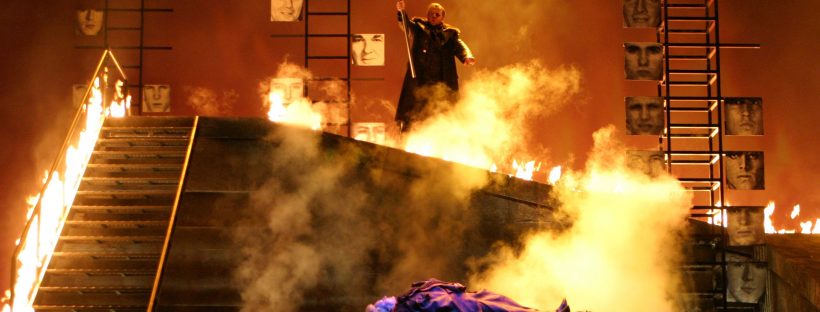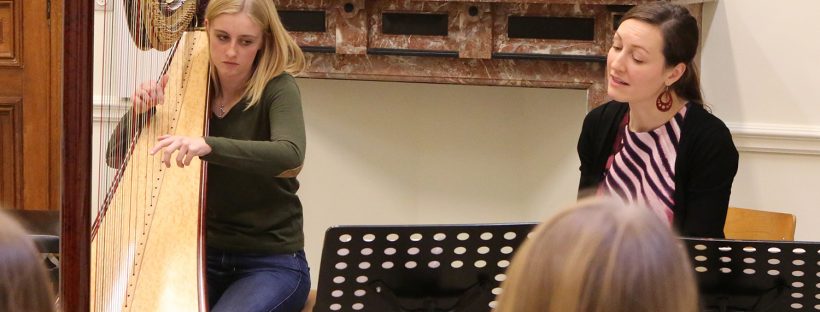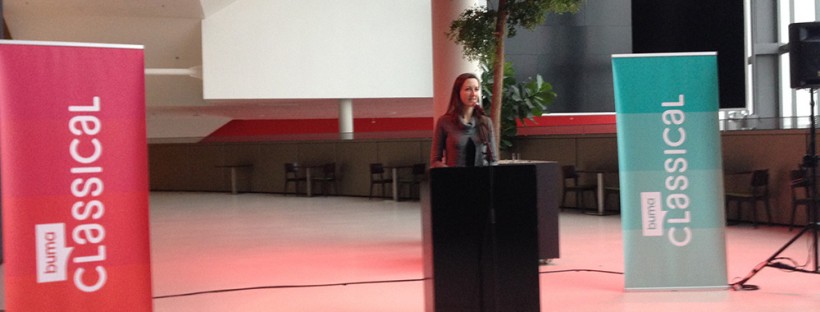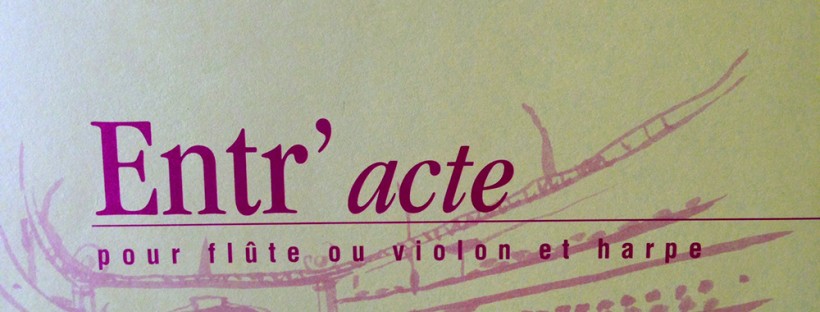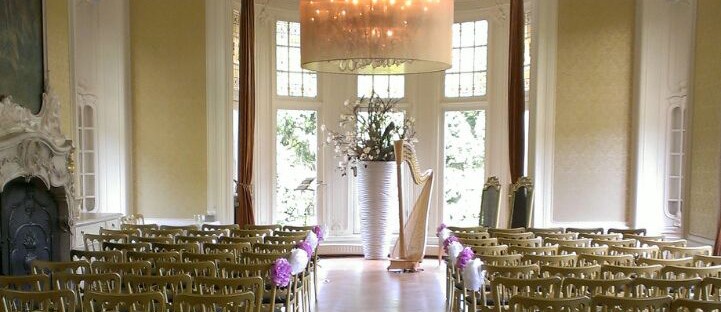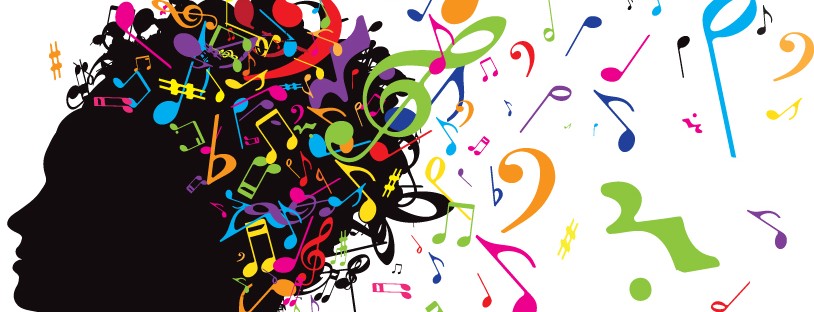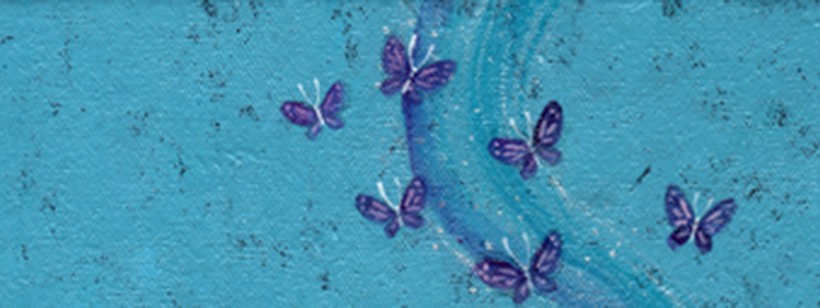A while ago, I shared my version of Jacques Ibert’s Entr’acte, which reduces the entire harp part to just two pages, eliminating all page turns. It seems to have been even more appreciated than I expected, because it’s by far the most popular post on my site, and people are still sharing it around. So, it must have been worth putting it out there! Just recently, I was inspired by a harpist on in the user forums over at the Harp Column (where I now work) to share another of my editions: Wagner’s Fire Music.
First, a quick note about “Fire Music”. The term actually refers to the final scene of the last act from the opera “Die Walküre,” which is part of Wagner’s famous Ring Cycle. It is the scene in which Wotan curses Brünnhilde for disobeying him, dooming her to sleep on a rock surrounded by fire, until whenever a hero may chance to come by and rescue her. (Basically Sleeping Beauty, but with dense, German fire and lots of notes.) The orchestral score is available on IMSLP, and you can see that it’s scored for six harps, playing three harps to a part. It’s an intimidating stream of continuous sixteenth notes that need to be played extremely loud and evenly, and so the part can benefit from having clear pedal markings and few page turns. Here’s my rewrite of the first harp part.
Where it gets really tricky is when an orchestra asks only one harpist to cover the entire thing, and then you need this:
Fire Music – Combined Harp Parts [PDF]
*(The pedal markings are in French in this one.)
